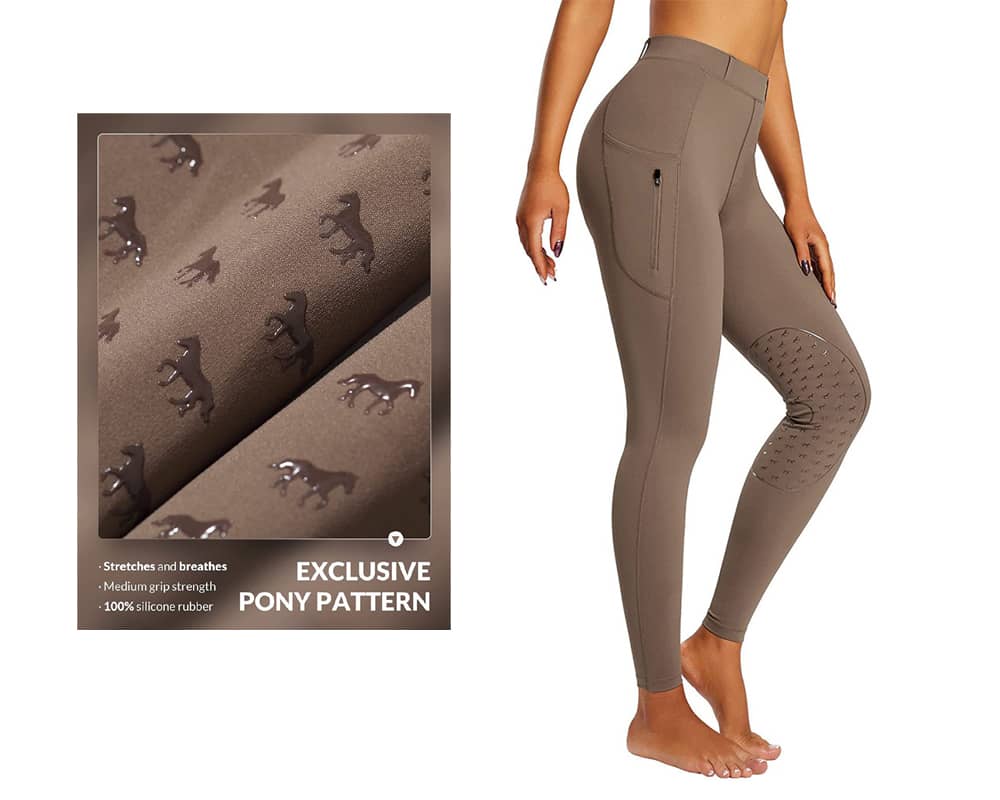The equestrian apparel industry is experiencing remarkable growth in 2025. Therefore, understanding what riders truly want has become crucial for brands looking to succeed. As a leading manufacturer with over 16 years of experience, Zest Equestrian has compiled this comprehensive guide to help brands navigate the evolving landscape of rider preferences and market opportunities.
2025 Equestrian Apparel Trends at a Glance
| Trend | Market Demand | Growth Rate | Business Opportunity |
|---|---|---|---|
| Materiais sustentáveis | 18% increase in rPET usage | High | Premium positioning |
| Smart Textiles | 12% professional adoption | Very High | Tech integration leader |
| Custom Fit | 23% YoY growth | High | 15-20% higher AOV |
| All-Season Function | UV protection standard | Médio | Year-round sales |
| Style Innovation | Bold colors rising | High | Brand differentiation |
Market Opportunity Overview
The Numbers Tell the Story
The global equestrian apparel market reached USD 6.84 billion in 2024. Furthermore, experts predict it will grow at a 5.52% CAGR to nearly USD 10.52 billion by 2032. This growth represents significant opportunities for both established brands and newcomers looking to enter the market.
"Participation in equestrian activities has increased by 15% over the past five years, with younger riders driving demand for specialized performance and safety gear." —United States Equestrian Federation
Regional Hotspots for Brand Expansion
North America continues to lead the market with 35% of global revenue. However, the Asia-Pacific region presents the most exciting growth opportunity. Additionally, this region shows a 6.1% CAGR from 2025 to 2032, driven by rising disposable incomes and emerging riding clubs.
Europe remains a strong market, emphasizing tradition and regulatory safety standards. Meanwhile, manufacturers must understand that European riders often prioritize heritage brands and proven quality. Therefore, new entrants need robust safety certifications and quality assurance programs.
According to industry analysts, "Equestrian participation and spending are rising globally, driven by renewed interest in competitive and leisure riding post-pandemic, making 2025 a pivotal year for brands to innovate in apparel and gear." This trend creates opportunities for brands offering both traditional riding apparel and innovative performance gear.
What Riders Actually Want: Top 5 Trends
Sustainability First: The Green Revolution
Modern riders increasingly demand eco-friendly materials in their gear. Specifically, recycled polyester (rPET) usage rose by 18% in 2024. Additionally, riders expect organic cotton, PFC-free waterproofing, vegan leather alternatives, and biodegradable materials in their apparel.
Brands partnering with manufacturers offering sustainable fabric options gain competitive advantages. Moreover, eco-conscious riders often become brand advocates, sharing their positive experiences on social media platforms.
Tech-Enhanced Performance: Smart Textiles Revolution
Technology integration in equestrian apparel has reached a tipping point. Currently, 12% of professional riders use smart textiles with built-in sensors. These advanced fabrics monitor posture, biometrics, and performance metrics during rides.
"Sensor-equipped bridles and saddle pads will be standard in high-performance stables by 2025, delivering real-time biomechanical feedback to trainers." —Ashva CTO
Key technological features riders demand include four-way stretch fabrics, moisture-wicking membranes, UV-protective treatments, and thermal-regulated layers. Furthermore, these features enhance both comfort and safety during all-season riding activities.
Custom Fit & Personalization: Beyond One-Size-Fits-All
Custom sizing options grew 23% year-over-year in online sales. Additionally, 3D body-scan services drive this growth by providing accurate measurements. Riders want gear that reflects their individual style, even in traditional disciplines.
"Advanced digital patterning and on-demand color matching have democratized bespoke equestrian apparel, making it accessible beyond elite professionals." —Equiwin product director
Personalization extends beyond fit to include custom embroidery, color choices, patterns, and monograms. Meanwhile, brands offering customization services see 15-20% higher average order values. Therefore, manufacturers must develop flexible production systems to accommodate custom orders efficiently.
All-Season Functionality: Year-Round Performance
Riders increasingly expect their apparel to perform in all weather conditions. Consequently, UV-protective treatments have become standard rather than premium features. Additionally, thermal-regulated layers help riders maintain comfort during temperature fluctuations.
Ergonomic design enhancements—padded nosebands, shaped crowns, and weight-distributed saddles—are crucial for rider comfort and injury prevention. Furthermore, these improvements reduce pressure points and enhance mobility during extended riding sessions.
Style Innovation: Beyond Traditional Colors
The traditional black, navy, and beige color palette is expanding rapidly. Instead, riders embrace jewel tones like emerald, sapphire, and burgundy. Additionally, subtle patterns such as houndstooth and tone-on-tone designs gain popularity.
Apparel that works both in the barn and out represents another growing trend. Specifically, riders want aesthetic flexibility through riding tights, casual jackets with equestrian cues, and fashion elements from streetwear infused in riding clothing.
Demographics That Drive Sales
Female Riders: The Market Leaders
Female riders comprise approximately 70% of the market. Moreover, they favor stylish yet functional breeches and jackets that offer both performance and aesthetic appeal. Women riders typically invest more in high-quality breeches and coordinating accessories.
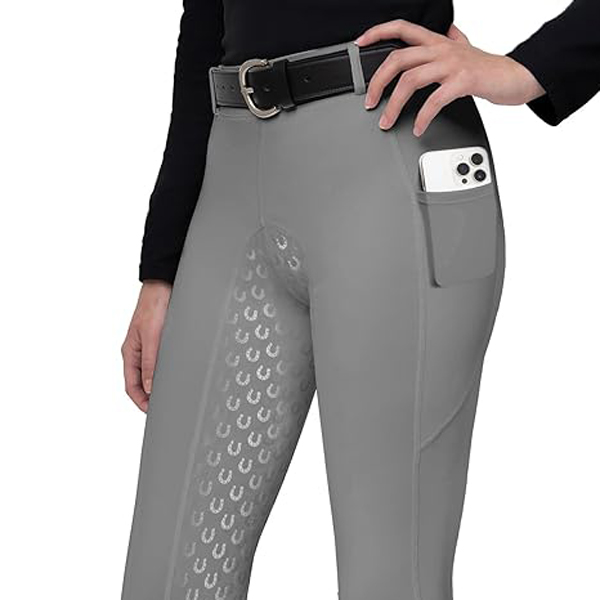
Premium women's riding breeches
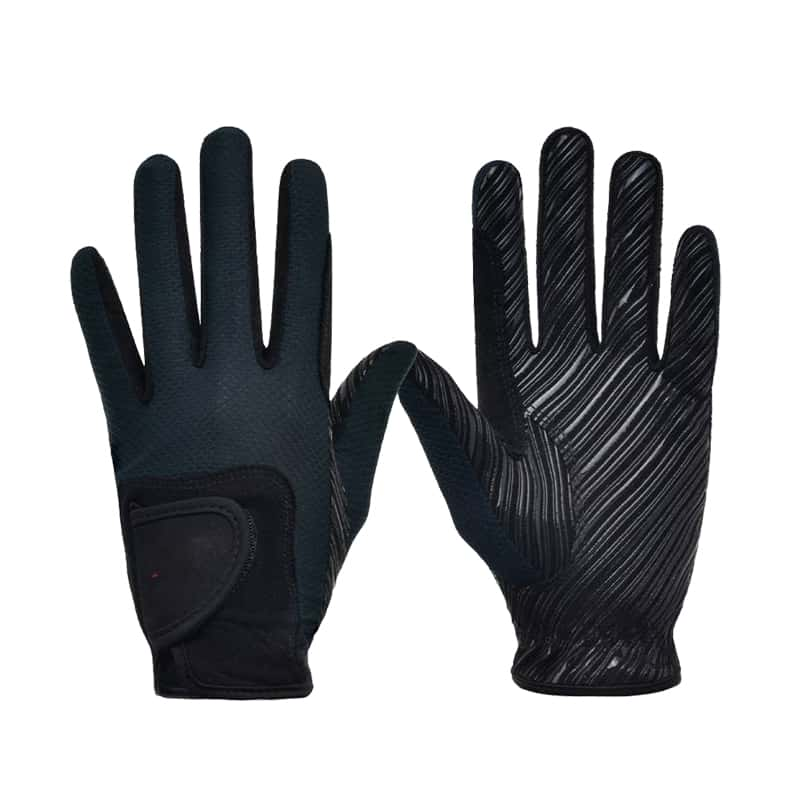
Professional competition gloves
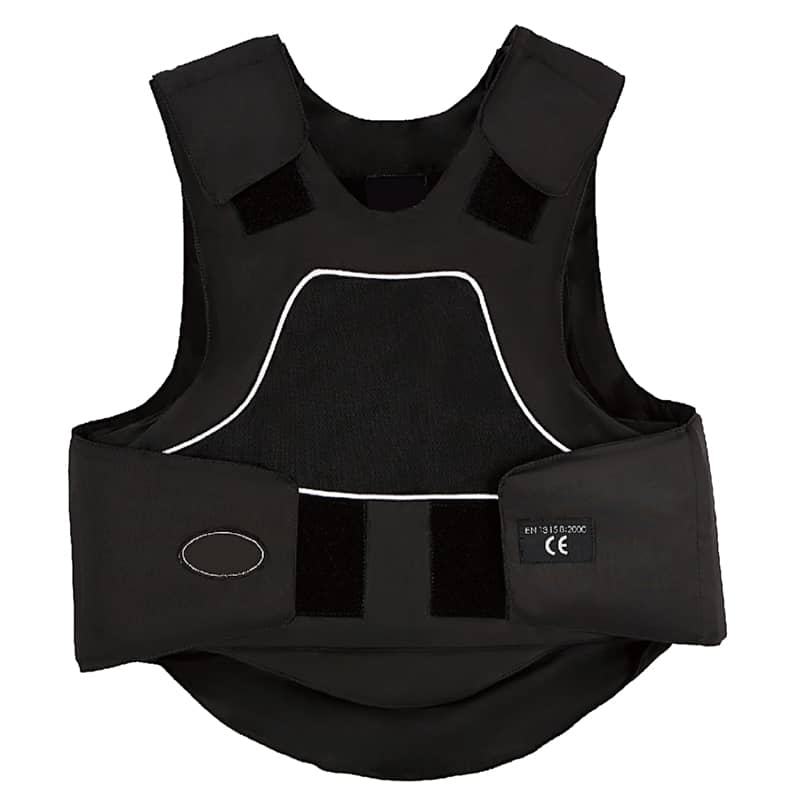
Advanced safety body protectors
Youth and Junior Segments: The Future Market
The youth and junior segments expanded by 9% in 2024 as riding schools and youth academies increased enrollment. Therefore, brands must offer better fit for diverse body shapes, extended sizing, and ergonomic designs that accommodate growing bodies.
Young riders often prefer gear with modern aesthetics and technology integration. Additionally, they influence household purchasing decisions, making them valuable brand ambassadors. Manufacturers should consider developing specialized youth collections that grow with riders.
Male Riders: Growing Market Share
Male riders' market share grew modestly, with a 4% increase in technical outerwear purchases. Furthermore, men prioritize functional features over aesthetic elements. They typically invest in high-quality safety equipment and performance-oriented apparel.
According to market research, "Customization and fit are the top concerns for male riders in 2025, particularly regarding technical outerwear and safety gear." This trend reflects the growing sophistication of male equestrian consumers.
Manufacturing & Business Insights
Price Segmentation and Market Dynamics
The premium segment commands 40% of total market share and grows at 6.2% CAGR. This segment includes advanced fibers, smart technology integration, and luxury finishes. Meanwhile, the value segment remains significant for entry-level riders, focusing on durability and cost-effectiveness.
Successful brands understand that premium pricing requires exceptional quality and innovation. Therefore, manufacturers must invest in robust quality control systems and advanced materials to support premium positioning.
Distribution Channel Evolution
Online retail penetration surpassed 45% of total sales in 2024. Additionally, e-commerce platforms offer customization tools and virtual try-ons that enhance customer experience. However, specialty tack shops and boutiques remain vital for high-end gear, accounting for 38% of premium segment revenue.
Brands must develop omnichannel strategies that leverage both online convenience and in-store expertise. Moreover, successful brands provide consistent experiences across all touchpoints. OEM and ODM manufacturers should support brands with flexible order quantities and rapid sample development to accommodate both channels.
Supply Chain Considerations
Modern equestrian brands require agile supply chains that support customization and sustainability goals. Furthermore, manufacturers must offer responsible material sourcing and transparent production processes. Additionally, brands expect shorter lead times and flexible minimum order quantities to respond quickly to market trends.
According to industry experts, "Supply chain flexibility and sustainability transparency have become non-negotiable requirements for equestrian brands in 2025." This shift requires manufacturers to invest in modern production capabilities and ethical sourcing practices.
What This Means for Equestrian Brands
Product Development Strategies
Successful brands must prioritize sustainability, technology integration, and customization in their 2025 collections. Therefore, partnering with manufacturers who offer eco-friendly materials and advanced production capabilities becomes crucial. Additionally, brands should invest in understanding their specific customer demographics and preferences.
Key product development considerations include developing unisex or gender-neutral pieces that appeal to diverse riders. Furthermore, brands must create designs that reduce pressure points and enhance mobility during extended riding sessions. Professional sample development helps brands test these features before committing to full production runs.
Market Entry Strategies for New Brands
New brands should focus on niche segments or underserved demographics rather than competing directly with established players. Moreover, leveraging digital marketing and social media helps build brand awareness cost-effectively. Additionally, new brands can differentiate themselves through innovative materials, unique customization options, or specialized fits.
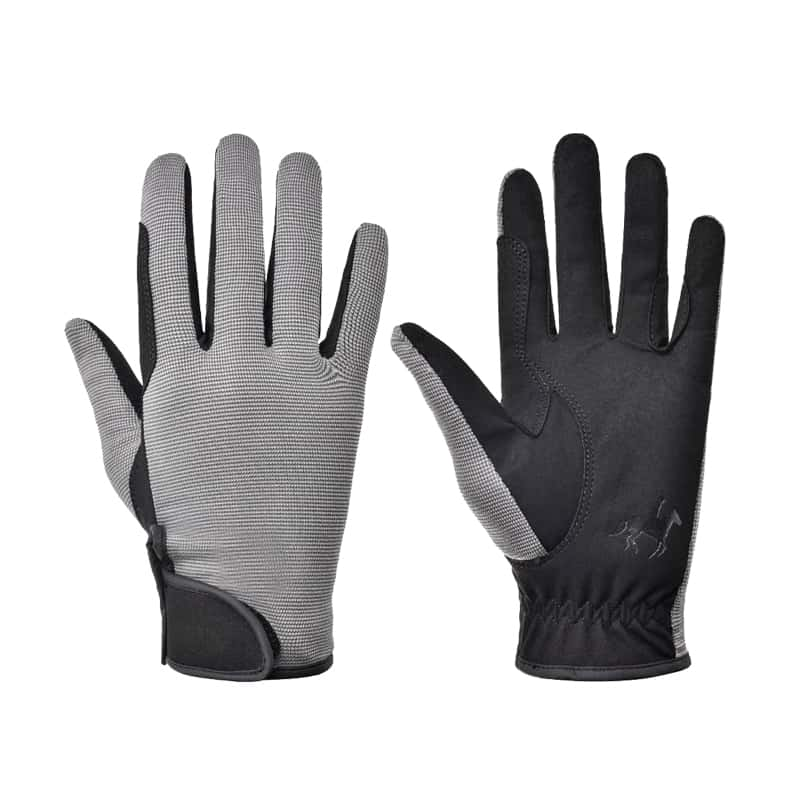
Specialized training gloves
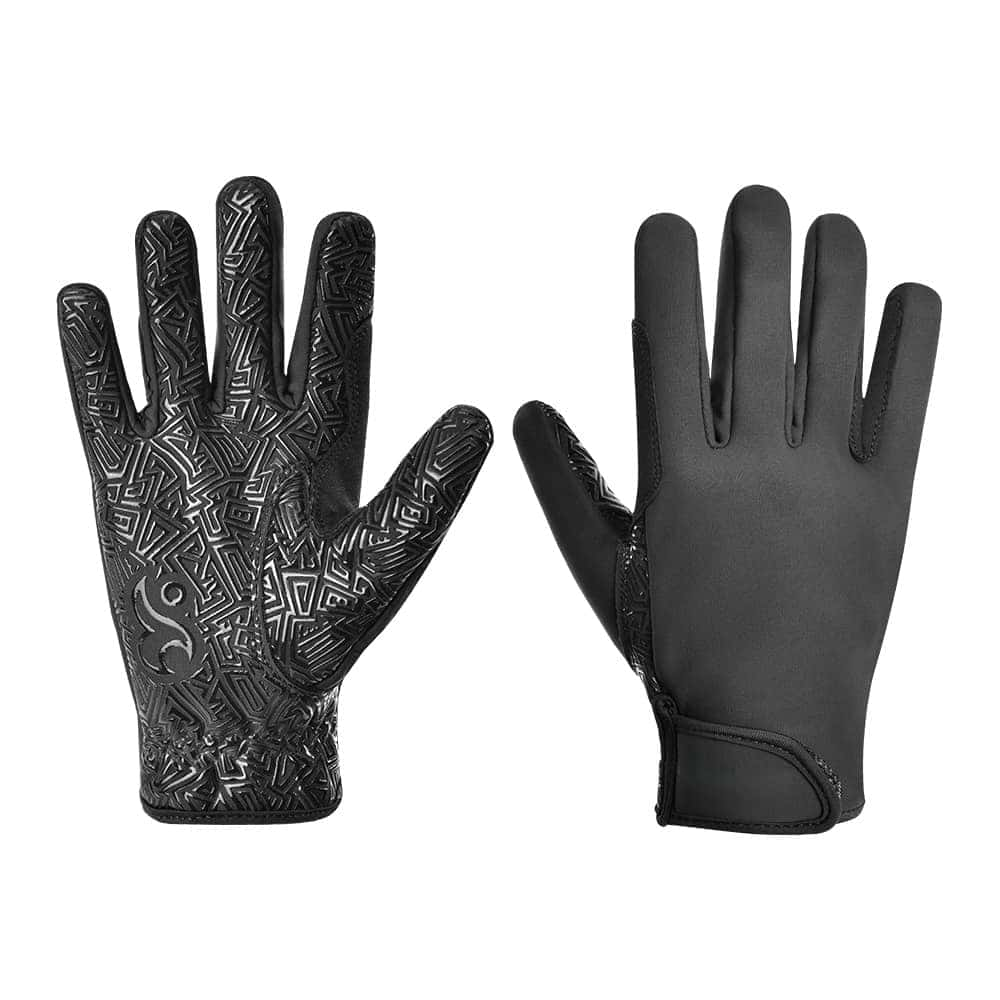
All-weather winter gloves
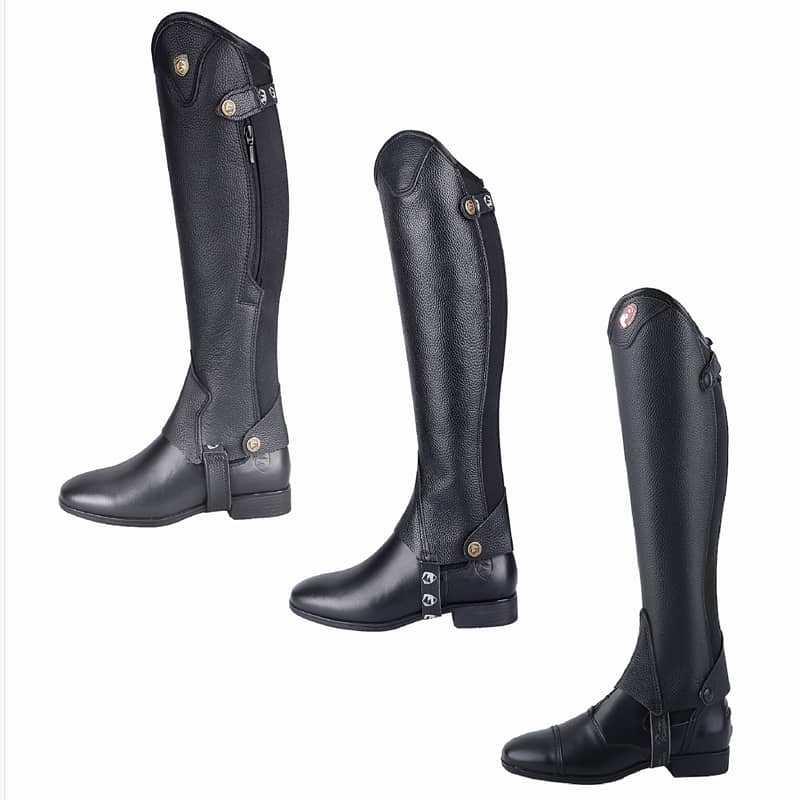
Premium half chaps
Successful market entry requires understanding regulatory requirements, especially for safety equipment. Therefore, brands must ensure their safety gear meets or exceeds regional standards. Additionally, building relationships with local distributors and retailers accelerates market penetration.
Manufacturing Partnership Selection
Choosing the right manufacturing partner determines brand success in the competitive equestrian market. Therefore, brands should evaluate potential partners based on experience, quality systems, customization capabilities, and sustainability practices. Furthermore, manufacturers with comprehensive branding services provide additional value through consistent brand presentation.
"Function-first design is dominating 2025's equestrian apparel trends, requiring manufacturers with deep technical expertise and flexible production capabilities." —Industry Manufacturing Expert
According to market analysis, "Brands that partner with experienced equestrian manufacturers see 25% faster time-to-market and 15% lower production costs compared to those working with general apparel manufacturers." This advantage comes from specialized knowledge of rider needs and equestrian-specific construction techniques.
People Also Ask
What are the top equestrian apparel trends in 2025?
The top trends include sustainable materials like recycled polyester, smart textiles with performance monitoring, custom fit options, all-season functionality, and bold color innovations. Additionally, riders demand apparel that works both in the barn and in casual settings.
How is sustainability influencing equestrian apparel?
Sustainability drives significant changes in material selection and production methods. Specifically, recycled polyester usage increased 18% in 2024, while brands increasingly offer organic cotton, PFC-free waterproofing, and biodegradable alternatives. Moreover, riders actively seek brands with transparent sustainability practices.
What features should I look for in riding breeches?
Essential features include four-way stretch panels for mobility, breathable moisture-wicking fabrics, reinforced knee patches for durability, and custom-fit options for comfort. Additionally, look for professional-grade construction with flatlock seams to prevent chafing during long rides.
Where is the best place to buy equestrian gear?
E-commerce platforms offering virtual fittings and customization tools provide convenience and selection. However, specialty tack shops excel in premium products and expert guidance. Furthermore, many successful brands combine both channels to serve different customer needs effectively.
Are smart textiles worth it for riders?
Smart textiles with posture sensors and biometric tracking show increasing adoption among professionals (12% uptake). These technologies provide real-time performance insights that enhance training outcomes. However, recreational riders should consider their specific needs and budget before investing in smart textile features.
How important is custom fit in equestrian apparel?
Custom fit significantly improves rider comfort and performance while reducing return rates for brands. Therefore, options like 3D body scanning and personalized sizing see 23% year-over-year growth. Additionally, custom-fit products command 15-20% higher prices, making them profitable for both brands and manufacturers.
Conclusion: Seizing the 2025 Equestrian Apparel Opportunity
The equestrian apparel market presents exceptional growth opportunities in 2025, with the industry projected to reach USD 10.52 billion by 2032. However, success requires understanding evolving rider demands for sustainability, technology integration, customization, and style innovation.
Brands that prioritize eco-friendly materials, embrace smart textile technology, offer personalization options, and develop all-season functionality will capture market share. Furthermore, understanding demographic preferences—from female riders seeking style and function to youth riders embracing technology—enables targeted product development.
The key to success lies in partnering with experienced manufacturers who understand these trends and possess the capabilities to bring innovative products to market quickly and efficiently. Therefore, brands must choose manufacturing partners with proven expertise in equestrian apparel, sustainable materials, and flexible production systems.
Ready to develop your 2025 equestrian apparel collection? Entre em contacto com a Zest Equestrian today to discuss how our 16+ years of specialized experience can help bring your vision to life. From sustainable materials to custom fit solutions, we provide the expertise and flexibility your brand needs to succeed in this dynamic market.
Explore our comprehensive manufacturing services and discover how we can support your brand's growth in the expanding equestrian market. Let's create the next generation of equestrian apparel together.

